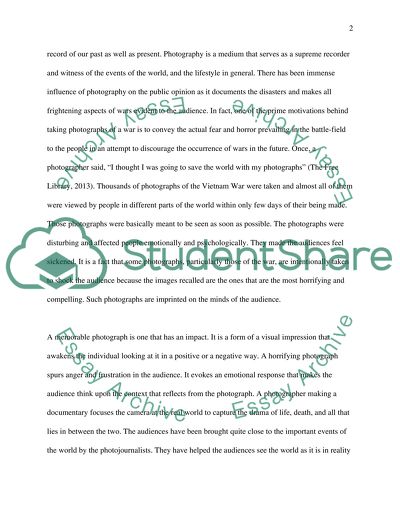Cite this document
(“'To live is to be photographed (Sontag 2004). Does photography have a Essay”, n.d.)
Retrieved from https://studentshare.org/journalism-communication/1469631-to-live-is-to-be-photographed-sontag-2004-does-photography-have-a-special-role-in-the-mediation-of-our-lives-and-how-according-to-sontag-is-this-role-changing
Retrieved from https://studentshare.org/journalism-communication/1469631-to-live-is-to-be-photographed-sontag-2004-does-photography-have-a-special-role-in-the-mediation-of-our-lives-and-how-according-to-sontag-is-this-role-changing
('To Live Is to Be Photographed (Sontag 2004). Does Photography Have a Essay)
https://studentshare.org/journalism-communication/1469631-to-live-is-to-be-photographed-sontag-2004-does-photography-have-a-special-role-in-the-mediation-of-our-lives-and-how-according-to-sontag-is-this-role-changing.
https://studentshare.org/journalism-communication/1469631-to-live-is-to-be-photographed-sontag-2004-does-photography-have-a-special-role-in-the-mediation-of-our-lives-and-how-according-to-sontag-is-this-role-changing.
“'To Live Is to Be Photographed (Sontag 2004). Does Photography Have a Essay”, n.d. https://studentshare.org/journalism-communication/1469631-to-live-is-to-be-photographed-sontag-2004-does-photography-have-a-special-role-in-the-mediation-of-our-lives-and-how-according-to-sontag-is-this-role-changing.


